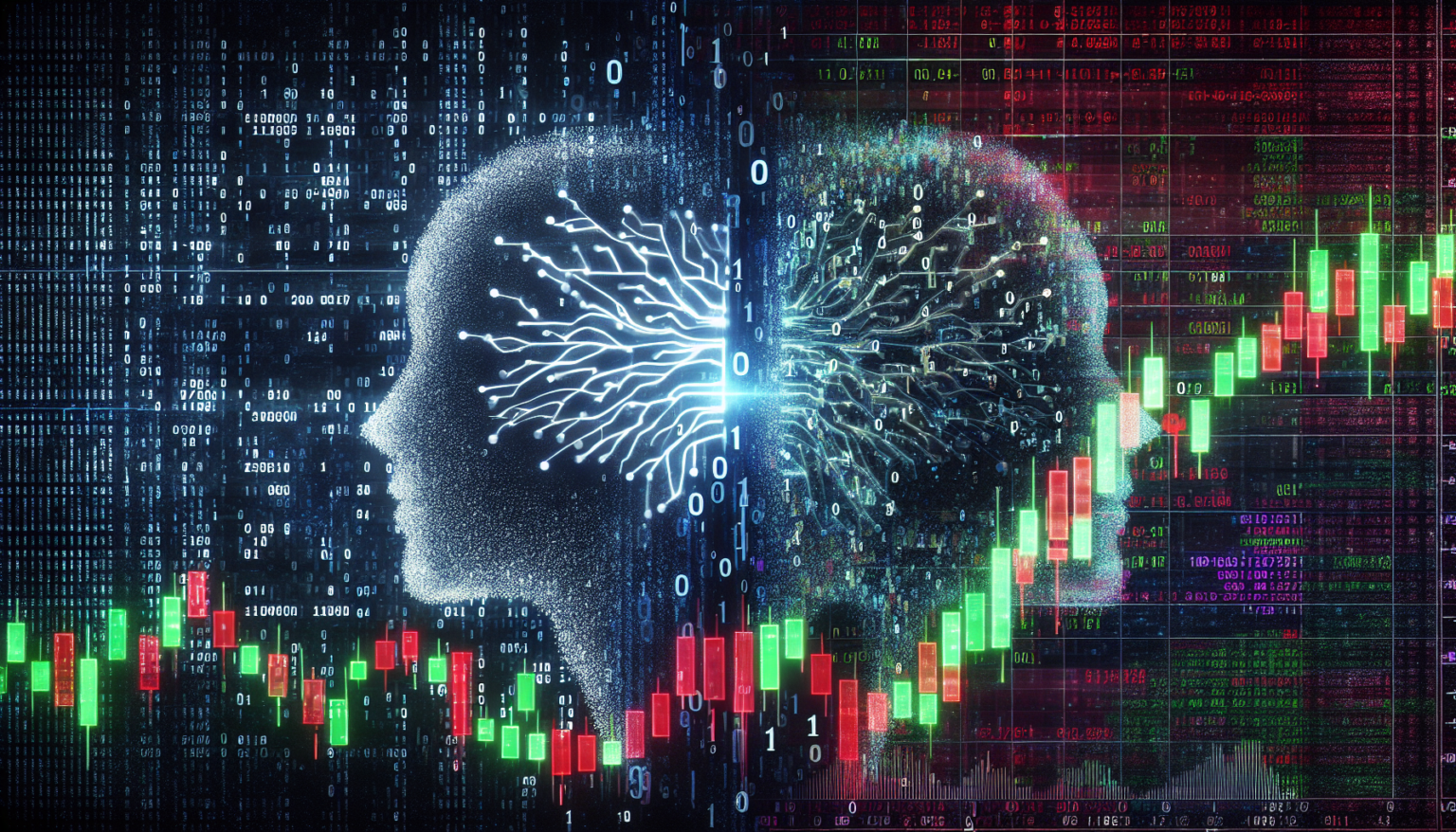What Are Machine Learning Algorithms in Trading?
Machine learning algorithms are sophisticated computational methods that allow computers to learn from and make predictions based on data. In the context of trading, these algorithms analyze large datasets to identify patterns and trends that can inform buying or selling decisions. Unlike traditional trading strategies that rely heavily on predefined rules or human intuition, machine learning algorithms can adapt to new data and refine their predictions over time.
The Role of Data in Machine Learning
At the heart of machine learning is data. In trading, this data can come from various sources, including historical price movements, trading volumes, economic indicators, and even social media sentiment. The effectiveness of a machine learning model largely depends on the quality and quantity of the data it processes.
Types of Data Used
1. **Market Data**: This includes historical prices, volumes, and order book information. Traders use this data to identify price patterns and trends.
2. **Fundamental Data**: This type encompasses data around a company’s financial health, such as earnings reports, balance sheets, and market news.
3. **Alternative Data**: This could be sentiment analysis from social media or satellite imagery indicating economic activity. Unconventional data can provide unique insights that traditional data might miss.
Common Machine Learning Algorithms Used in Trading
Let’s dive into some of the most popular machine learning algorithms that traders use today.
Linear Regression
Linear regression is a fundamental statistical method that predicts a dependent variable (like stock price) based on one or more independent variables (like trading volume or economic indicators). It’s a straightforward and interpretable model that can serve as a starting point for newcomers to machine learning in trading.
Strengths of Linear Regression
– Simplicity: Easy to understand and implement.
– Transparency: Provides insights into how each independent variable affects the prediction.
Limitations of Linear Regression
– Assumes a linear relationship, which may not always be the case in financial markets.
– Sensitive to outliers, which can significantly skew results.
Decision Trees
Decision trees are a more versatile model that splits data into branches based on decision rules, ultimately leading to predictions. Traders use decision trees to make “if-then” decisions, providing a clear visual representation of the decision-making process.
Benefits of Decision Trees
– Flexibility: Can handle both numerical and categorical data.
– Visualization: Easy to interpret the decision-making path.
Drawbacks of Decision Trees
– Prone to overfitting: They can create overly complex models that don’t generalize well to unseen data.
– Instability: Small changes in the data can significantly affect the model structure.
Random Forests
Random forests address the overfitting issue seen in decision trees by aggregating multiple trees to enhance prediction accuracy. It’s one of the most robust algorithms used in trading.
How Random Forests Work
Random forests work by creating numerous decision trees using bootstrapping (sampling with replacement) and then averaging their outputs. This ensemble method reduces variance and improves predictions.
Pros of Using Random Forests
– High accuracy: Generally provides more accurate predictions than a single decision tree.
– Robustness: Less prone to overfitting compared to standalone trees.
Support Vector Machines (SVM)
Support Vector Machines are particularly effective for classification tasks. In trading, they can help determine whether an asset will move up or down based on various indicators.
Key Features of SVM
– Effective in high-dimensional spaces: SVMs can handle many features and still make accurate predictions.
– Margin maximization: It finds the hyperplane that maximizes the distance between different categories, enhancing prediction reliability.
Challenges with SVM
– Requires careful tuning of parameters to avoid overfitting.
– Time-consuming calculations, especially with large datasets.
Neural Networks
Neural networks are modeled after the human brain and consist of layers of interconnected nodes that process data. They are particularly powerful for complex pattern recognition, making them valuable for trading strategies based on deep learning.
Benefits of Neural Networks
– Ability to capture complex relationships within data.
– Suitable for immense datasets, extracting more subtle patterns that simpler algorithms might miss.
Challenges of Neural Networks
– Requires more data and computational power.
– Less interpretable than other models, making it challenging for traders to understand the reasoning behind predictions.
Evaluating Machine Learning Models in Trading
Evaluating the performance of machine learning models is crucial for traders. You want to ensure that the prediction models are effective and reliable before trusting them with real capital.
Common Evaluation Metrics
1. **Accuracy**: The percentage of correct predictions. However, in trading, accuracy alone isn’t enough because some trades may carry much more risk than others.
2. **Precision and Recall**: These metrics help assess the tradeoff between false positives and false negatives, particularly useful in a trading context where misclassifying trades can be costly.
3. **F1 Score**: The harmonic mean of precision and recall, providing a single metric to assess the model’s performance.
4. **Sharpe Ratio**: A performance measure that calculates the risk-adjusted return of a trading strategy, helping assess whether the observed returns are worth the risk taken.
Backtesting Machine Learning Models
Backtesting involves simulating trading a strategy based on historical data to see how it would have performed. It’s critical for understanding potential strategy effectiveness. However, it’s important to be cautious with overfitting, as a model that performs well on historical data may not necessarily perform well in live trading.
The Future of Machine Learning in Trading
The evolving landscape of technology and data availability suggests that machine learning will play an increasingly significant role in trading. With advancements in computing power and algorithm development, traders can look forward to more sophisticated models that adapt to dynamic market conditions.
While machine learning algorithms offer powerful tools for traders, they also come with their own set of challenges and risks. Balance, careful evaluation, and continuous learning are key to successfully harnessing these technologies.








